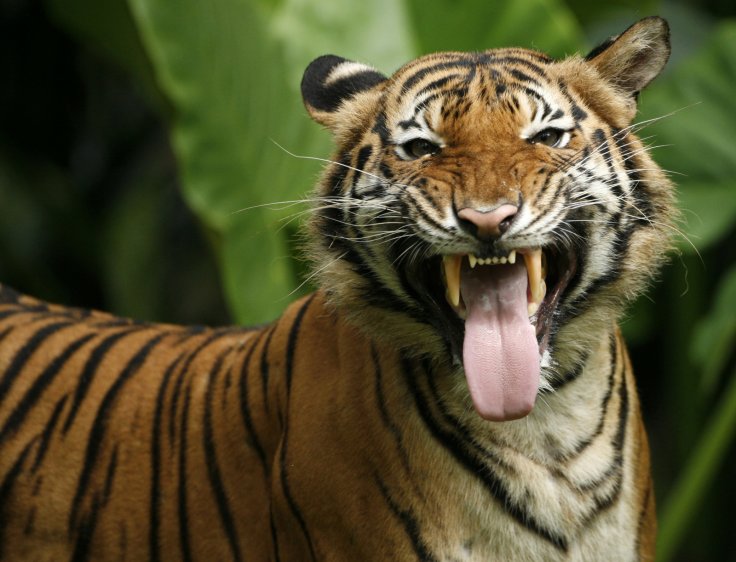When the COVID-19 pandemic began to take hold across the globe, it sent the scientific community scuttling for answers and interventional measures to limit its spread. The fears, for some time, were only surrounding the spread of the SARS-CoV-2 coronavirus among human beings. However, the emergence of the infection in several species of animals has raised new fear. Now, a study states that there is a high risk of transmission of the infection from human beings to wild animals.
According to the perspective article published in the journal Mammal Review, that the spread of the virus to wildlife can turn the pandemic into a pan-species problem. "We really should avoid turning our pandemic into a multi-species problem," said Dr. Sophie Gryseels, lead author of the study, in a statement.
Coronavirus Infection Among Animals

Since the emergence of the pandemic, numerous cases have been reported in several species of animals, both domestic and wild. For example, several cases of infection among pet dogs and cats were reported in the US. As far as wildlife goes, it was famously reported in April 2020 that several large cats such as Tigers and Lions housed in the Bronx Zoo have tested positive for COVID-19 (possibly infected by their human caretakers).
Also, while not reported yet, several animals have shown susceptibility to the infection in laboratory tests. Additionally, the explosion of the infection across mink farms in the Netherlands and Denmark raised several concerns, including the potential infection of human beings by animals infected by COVID-19.
Could Threaten Several Species
Keeping in line with these increasing worries surrounding cross-species transmission, the authors of the paper highlighted that if the novel coronavirus were to infect and spread among wild animals, it could most likely cause the deadly disease in some species of animals. However, it could ravage species that already threatened and endangered.

"Preventing human‐to‐wildlife SARS‐CoV‐2 transmission is important to protect these animals (some of which are classed as threatened) from disease, but also to avoid the establishment of novel SARS‐CoV‐2 reservoirs in wild mammals," the authors wrote.
Need to Prevent New Reservoirs of Infections
Through the review of several recent studies that dealt with the infection in human and animals, the authors posited that if the sustainable transmission of the SARS-CoV-2 among certain mammalian species could potentially lead to the creation of new animal reservoirs. This could lead to the formation of sources that could repeatedly cause new outbreaks in humans and animals.
"It's difficult enough to control the SARS-CoV-2 in human populations--imagine what it will be like if it spreads among wild mammals. They could also get sick and form a reservoir from which they can then again infect humans, but we can't ask animals to wear face masks and keep physical distance," urged Dr. Gryseels.









